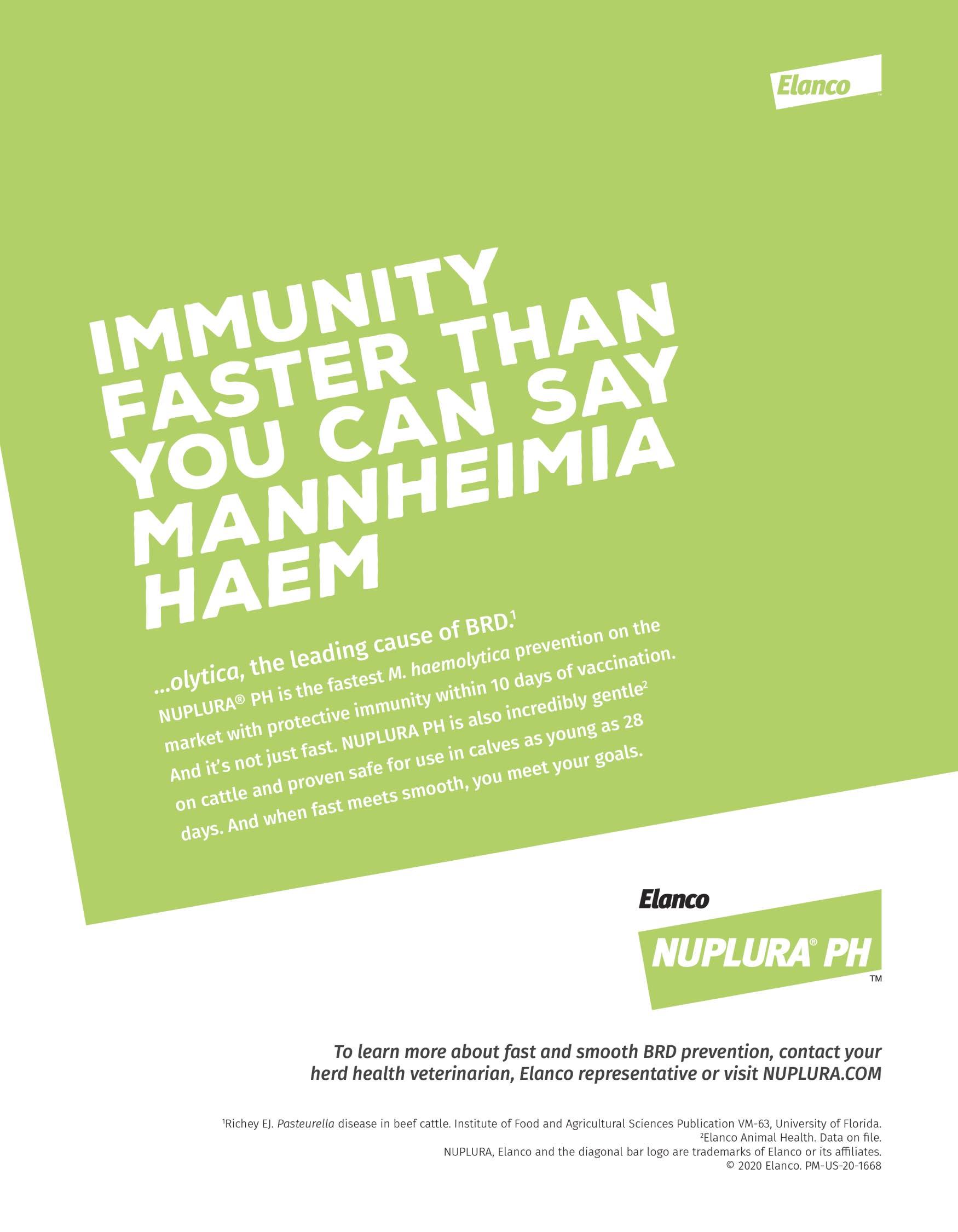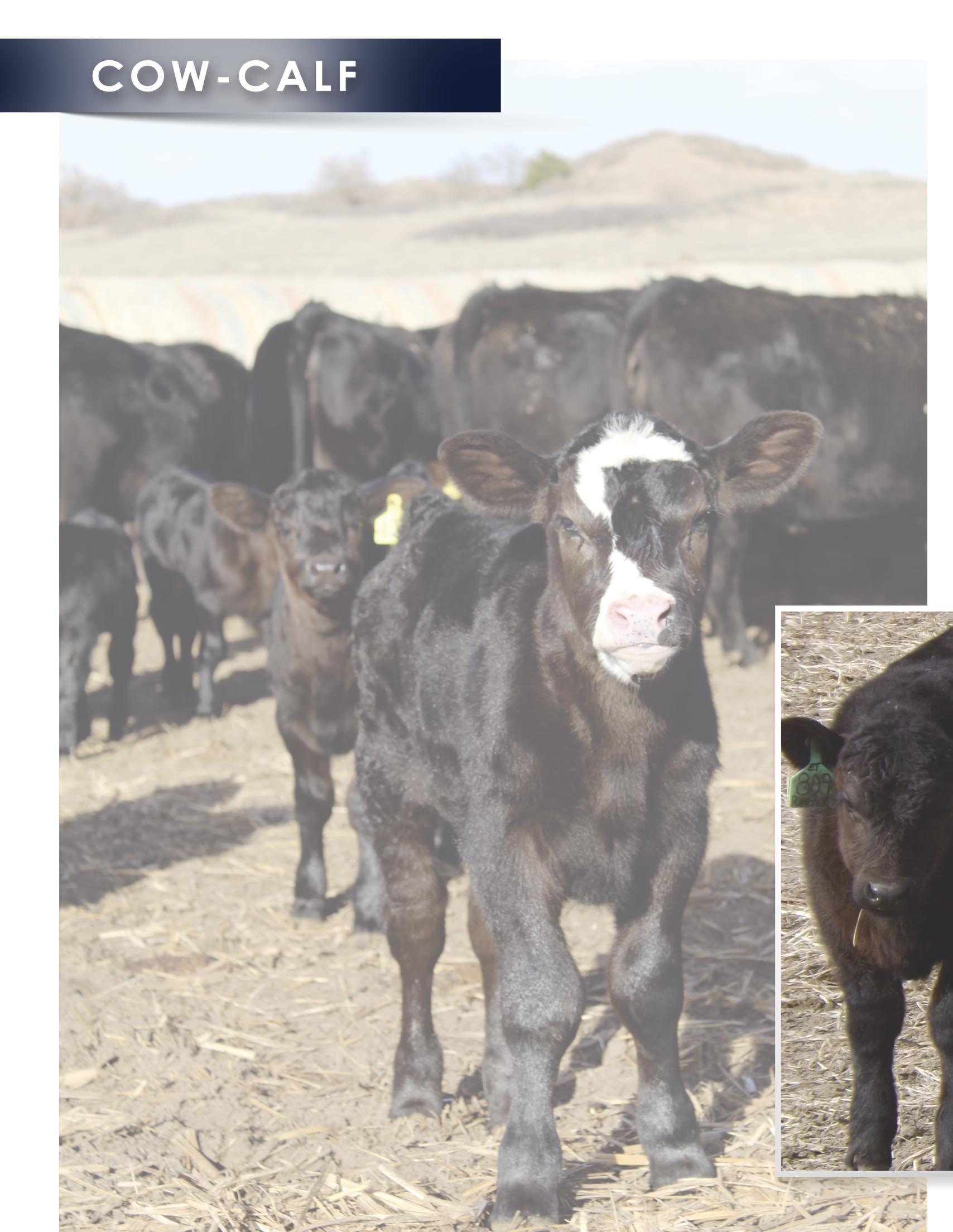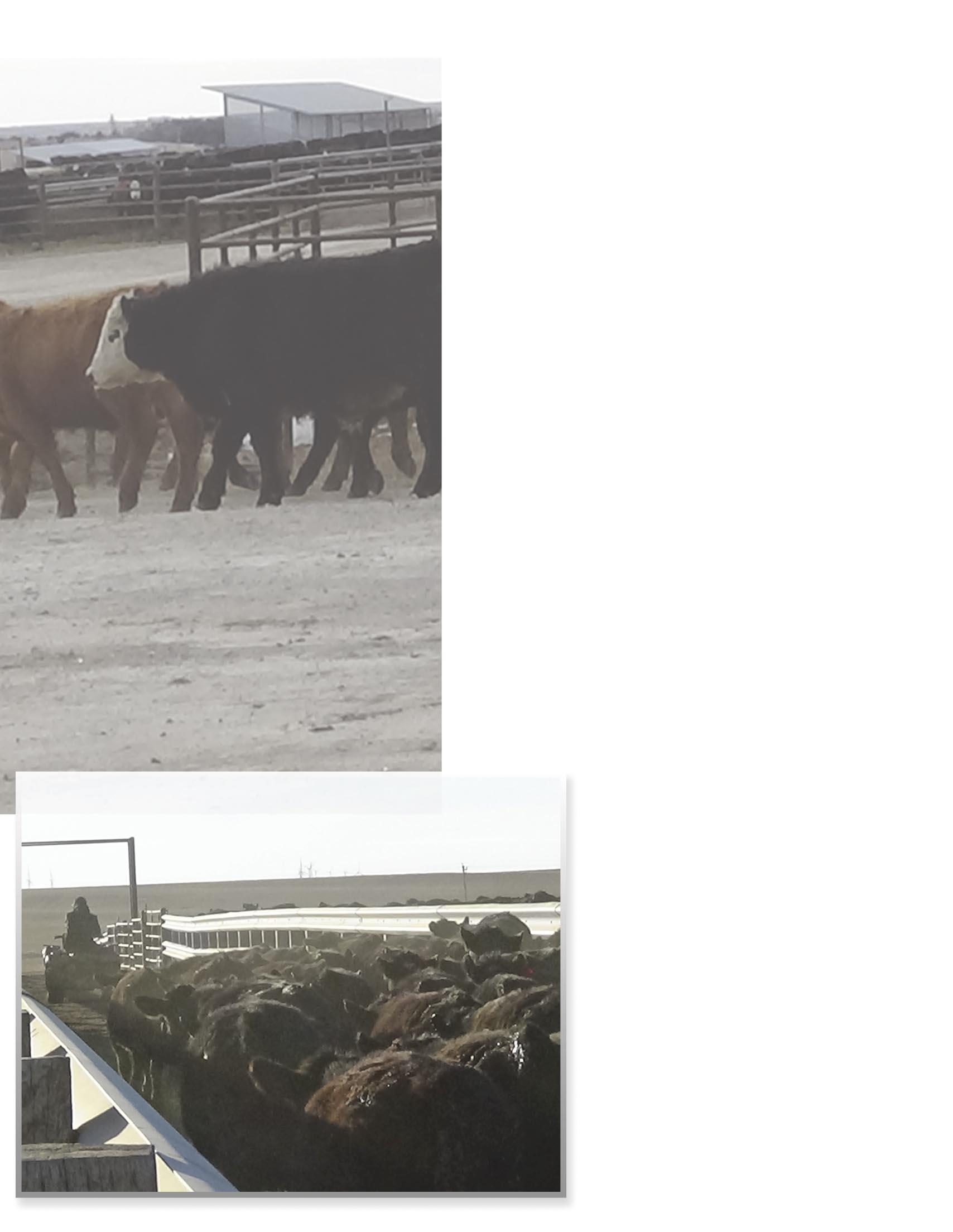
2 minute read
Effective stockmanship – Be a “Leader”
By Dr. Tom Noffsinger, Production Animal Consultation
Caregiver activities that support cattle performance and health are based on effective handler-cattle communication during intervention opportunities. The use of handler position relative to cattle is a key component of efficient stockmanship. Correct handler position creates voluntary cattle motion and demonstrates to cattle that they can walk by handlers without harm. Uti li zing such handler posi tion during arri val acclimation and pen emptying acti v ities encour ages trust between cattle and handlers.
Correct handler position satisfies the need to be where cattle can see their source of guidance and destination simultaneously. Handler location provides cattle the luxury to move half around the handler as a source of guidance. Many of us practice correct positioning and then let the cattle wander toward their destination. A powerful addition to proper positioning is insisting that a handler is available to “lead” cattle away from the scale, holding pen, or processing facility to a home pen, pasture, or field. Being in front of a group of cattle is a new experience for many caregivers. We are more accustomed to being behind cattle, pressuring the back of the herd.
Cattle are very aware, curious, and impressionable following transport, processing, sorting, or reimplanting. Being a shepherd willing to lead and interact with anxious cattle improves cattle confidence instantaneously as they depart from a scale or holding pen. Connecting visually with a leader willing to show cattle to a destination that provides hydration, nutrition, comfort, and rest promotes cattle immune function. Destination behavior improves as cattle are led to water and feed. Panic motion and aimless walking are reduced as cattle drink with purpose, consume feed, and are willing to lay down, rest, and ruminate.
Simply wait at the gate until cattle connect to the handler and volunteer to follow. Control speed of movement and maintain a distance in front of the herd that will control cattle flow and foster a constant connection between lead cattle and the handler. Ride or walk in a zigzag pattern to be available to more cattle. Lead cattle through the gate and continue to the bunk, water, and bedding areas. Spend a minute or two stopping motion before exiting the pen. A team of two handlers can efficiently move a herd to new locations –one person in front and one person following the herd. The handler behind the herd should be silent and spaced far enough away to allow cattle to be drawn to motion in front and not forced to bunch or crowd herd mates.
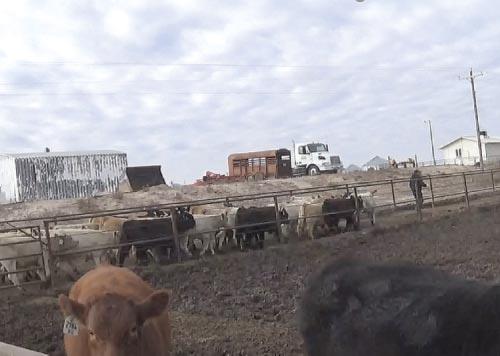
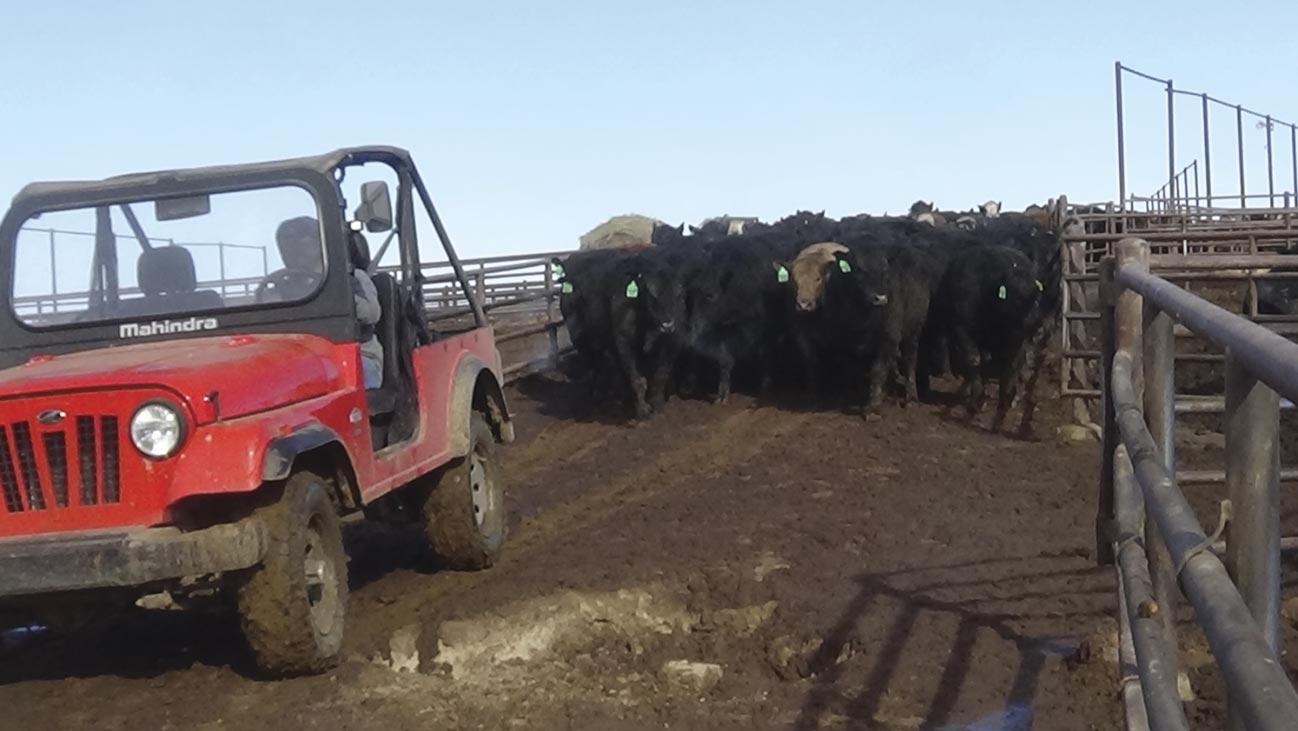
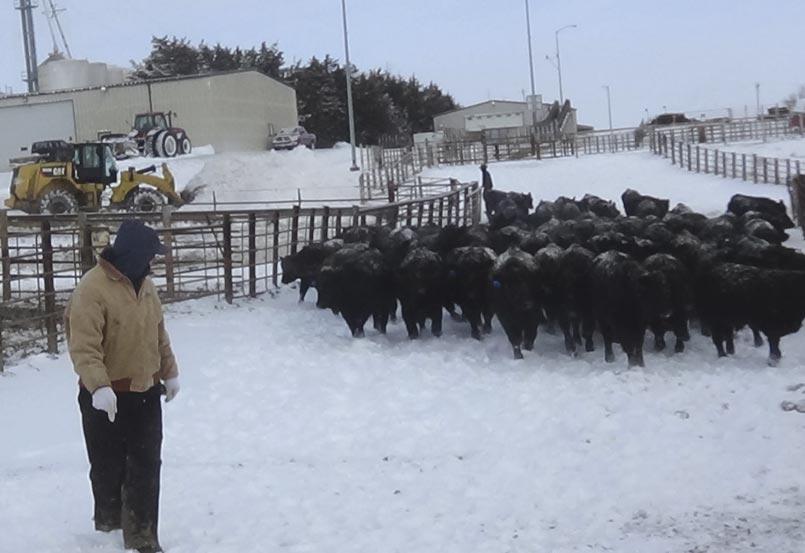
Our goal is to strengthen herd mentality even in commingled cattle. Cattle should perceive to belong where we intend and be willing to compete for bunk and tank space. Reduction of cattle anxiety and confusion reduces cortisol levels and increases disease resistance. Learn to recognize abnormal cattle behavior and develop confidence that effective leadership can improve cattle confidence.
Parallel lessons can be applied when describing effective leadership of caregiver teams. As a team leader, be available, especially when abnormal behavior exists. Spend the time required to offer support, guidance, and confidence to team members. Watch for behavior changes and lack of uniform focus and intervene early. Support positive changes. It is very exciting to build powers of observation, whether interacting with cattle or people.
